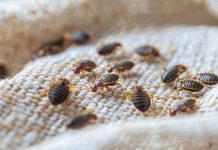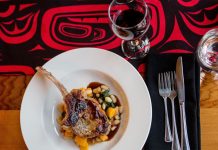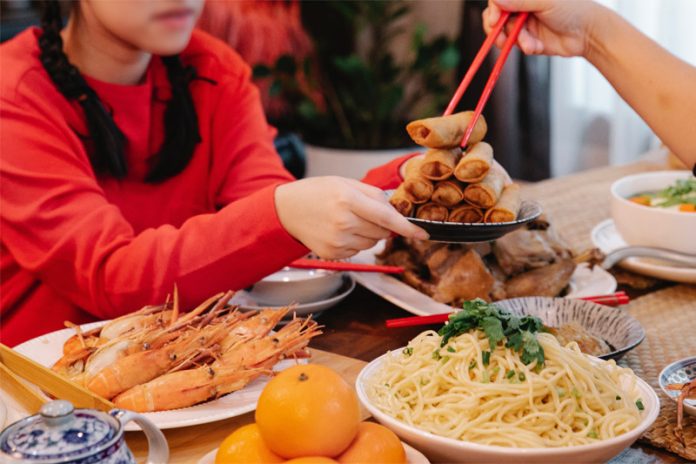
Chinese New Year 2023 ushers in the Year of the Rabbit with calm and hope after a tumultuous Year of the Tiger.
Chinese New Year is an auspicious celebration for those of Chinese heritage worldwide. According to the Chinese Zodiac, the Rabbit symbolizes longevity, peace and prosperity. After a ferocious Year of the Tiger, the cautious and peace-loving Rabbit is a welcome change.
Is Chinese New Year the same as the Lunar Year and Spring Festival?
Yes, they are related occasions, but differ slightly in context. The Lunar New Year is the first day of the New Year on the Chinese calendar. The ancient lunar calendar dates back to the Chinese year 4717. It “functioned as a religious, dynastic and social guide,” stated history.com.
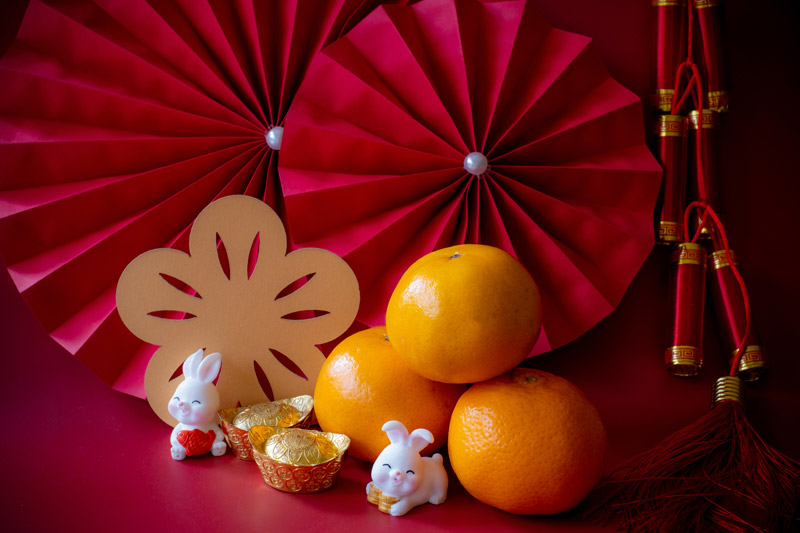
In 1996, China instituted the Spring Festival (chungyung). The week-long holiday provides vacation time for workers to travel home to celebrate new year with their families.
This results in a mass movement of people in the world’s most populous country. “It usually prompts the planet’s largest annual migration of people”, cited nationalgeographic.co.uk.
The 15-day celebration begins on appearance of the new moon. The dates fluctuate between the third week of January to end of February.
It is the most important occasion on the Chinese calendar for those living in China, Taiwan and many Southeast Asian countries. Families near and far gather to cherish their kinship and enjoy a special meal together, usually on New Year’s eve.
A Time of reunion and Hope
Prosperity and Longevity Dishes
Food plays an important role in every family’s homes during the New Year. For many, it’s a time to splurge on food and drinks as a comfort and reward for the year’s hard work.

Related: Why Do Chinese People Live to Eat?
The must have dishes on the menu is fish which represents abundance. Long life noodles which symbolize longevity, and sticky rice balls for family unity.
Others include spring rolls to celebrate the coming of spring especially for those of Southern Chinese heritage, and dumplings for Northern Chinese.
The Cantonese-style yee sang, translated as prosperity toss, is a popular appetizer for Malaysian and Singaporean of Southern Chinese heritage.
The sweet and tangy raw salad consists of strips of raw fish, julienne carrots, daikon, pickled ginger, other shredded vegetables, fruits, crushed roasted peanuts, sesame seeds and a tasty dressing.
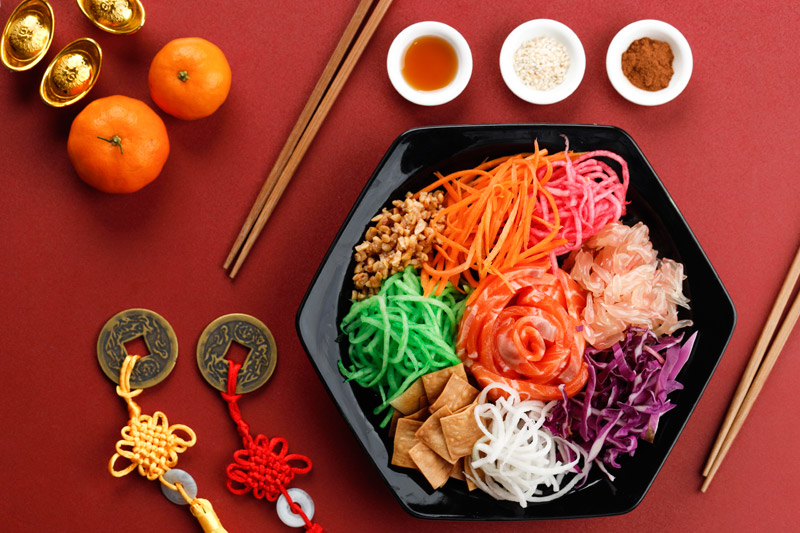
The New Year cake (nian gao) is another traditional food. The sticky rice cake made from steamed glutinous rice flour and brown sugar signifies prosperity. Its texture is similar to the Japanese mochi.
Traditions
Elders, families and friends extend children and young adults red envelopes (hong pao) filled with cash. The giving represents the passing the blessing; an offering of fortune, health, happiness and longevity to the younger generation.
This practice is only for the married adults. The unmarried are spared from giving. However, it is customary for working adults, single or married, to give the red envelopes to their parents as a gesture of filial piety.
Firecrackers are lit to ward off the evil ones. For safety and environmental concerns, the lighting of firecrackers has been banned in many countries.
No showering, cutting or washing of hair on the first day. Sweeping and dumping garbage is forbidden before the fifth day. These activities would wash away good fortune.
Other taboos include using of sharp objects, swearing, squabbles, breaking things and using ‘unfortunate’ words, such as death and illness.
























